Beef meat refers to the meat from cattle, which is one of the most widely consumed meats worldwide. It can be prepared in various ways, depending on the cut and desired cooking method. Beef is popular for its rich flavor, versatility, and high protein content. It can be enjoyed as steaks, roasts, ground beef, or in stews and soups.
Types of Beef Cuts
Beef is typically divided into different cuts based on the part of the cow the meat comes from. The cuts vary in tenderness, flavor, and the best method of cooking. Here’s a breakdown of some of the main categories and cuts:
1. Tender Cuts (Best for grilling, roasting, or pan-frying):
-
Filet Mignon: Known for its extreme tenderness and mild flavor. It comes from the tenderloin and is best cooked quickly using high heat.
-
Ribeye: A flavorful and juicy cut that comes from the rib section. It has a good amount of marbling, which keeps it moist and tender when cooked.
-
New York Strip: A popular cut with great flavor and moderate tenderness. It comes from the short loin section.
-
T-Bone & Porterhouse: Both cuts come from the short loin. The T-bone includes a smaller portion of the tenderloin, while the porterhouse includes a larger portion of the tenderloin.
2. Medium Cuts (Best for braising, grilling, or pan-frying):
-
Sirloin: A versatile cut from the back of the cow. It’s leaner than ribeye but still flavorful.
-
Flank Steak: A lean cut from the abdominal muscles. It’s often used in fajitas or stir-fries and benefits from marinating before cooking.
-
Skirt Steak: Similar to flank steak, this is a flavorful cut often used for fajitas. It has a slightly more intense beef flavor.
3. Tougher Cuts (Best for slow cooking or braising):
-
Chuck Roast: A well-marbled, tough cut from the shoulder. It’s perfect for slow-cooking, stews, or pot roasts.
-
Brisket: A flavorful cut from the chest that requires slow cooking or smoking to break down the tough fibers. Commonly used for BBQ.
-
Shank: The leg portion of the cow, often used for stews and soups. It contains a lot of connective tissue, so it benefits from slow cooking.
-
Round: The rear leg portion. It’s leaner but can be tough. Best used in stews or ground beef.
Popular Ways to Cook Beef
-
Grilling:
-
Cuts like steaks, ribeye, sirloin, and T-bones are perfect for grilling. Preheat your grill, season the beef with salt and pepper, and cook to your desired doneness.
-
Tip: Let the meat rest for a few minutes after grilling to allow juices to redistribute.
-
-
Roasting:
-
Prime rib or brisket can be roasted in the oven. Use a dry rub or marinade to add flavor.
-
Roast at a high temperature for a sear, then lower the heat for a longer cook time.
-
-
Slow Cooking (Braising):
-
Tough cuts like chuck roast, brisket, or shank are ideal for slow cooking, either in a crockpot or on the stovetop. This method breaks down the collagen, turning tough cuts tender and juicy.
-
Add vegetables, herbs, and broth for flavor, and cook for several hours until the meat is fork-tender.
-
-
Pan-Frying:
-
Steaks such as sirloin, flank, and skirt steak are great for pan-frying. Cook in a hot skillet with a little oil or butter until desired doneness.
-
-
Ground Beef:
-
Ground beef is often used for burgers, meatballs, tacos, and sauces. It can be made from various cuts, including chuck, sirloin, or round.
-
Tip: Ground beef can be seasoned with salt, pepper, and other spices or herbs depending on the dish.
-
-
Stir-Frying:
-
Flank steak or sirloin are commonly used in stir-fry dishes. Thinly slice the beef and cook quickly over high heat with vegetables and sauce.
-
How to Choose Quality Beef
When buying beef, consider the following to ensure you’re getting the best quality:
-
Marbling:
-
Marbling refers to the fat distribution within the muscle. Beef with good marbling (e.g., ribeye) tends to be juicier and more flavorful. Look for visible flecks of fat throughout the meat, which indicate tenderness.
-
-
Color:
-
Fresh beef should be a rich red color, though some cuts (like ground beef) may have a darker color. Avoid beef that appears brown or grey, as this could indicate spoilage.
-
-
Grade:
-
In the U.S., beef is graded by the USDA based on marbling and quality. The highest grade is Prime, followed by Choice and Select. Prime beef is the most marbled and flavorful, but it’s also more expensive.
-
-
Grass-fed vs. Grain-fed:
-
Grass-fed beef typically has a leaner profile and a distinct, more robust flavor compared to grain-fed beef. It is often considered more natural, as the cows graze on pasture.
-
Grain-fed beef has more fat marbling and tends to be more tender and flavorful.
-
-
Fresh vs. Frozen:
-
Fresh beef is typically preferred for its flavor and texture, but frozen beef can be a good alternative if you’re storing it for later use.
-
Conclusion
Beef is a versatile and delicious protein source with many cuts and cooking methods to explore. Whether you enjoy a juicy steak, tender roast, or flavorful stew, there’s a beef dish for everyone. When selecting beef, be sure to choose high-quality cuts and store it properly to ensure the best flavor and texture.

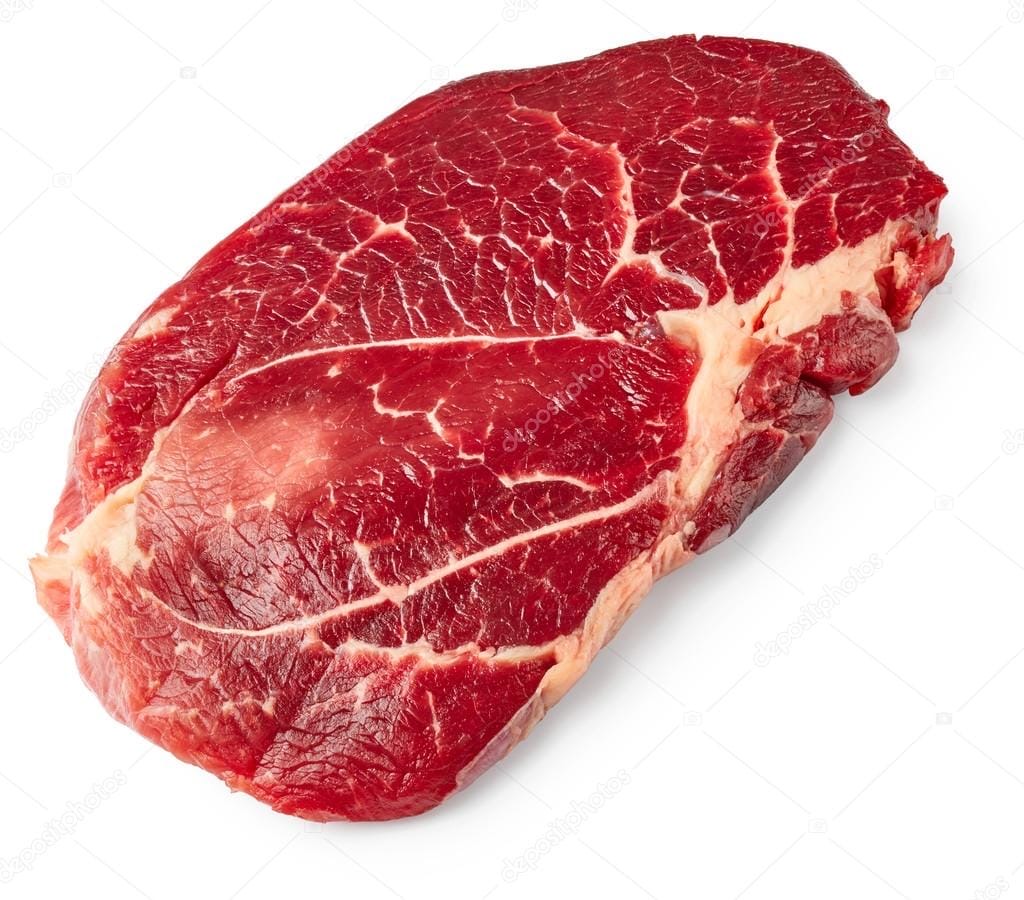


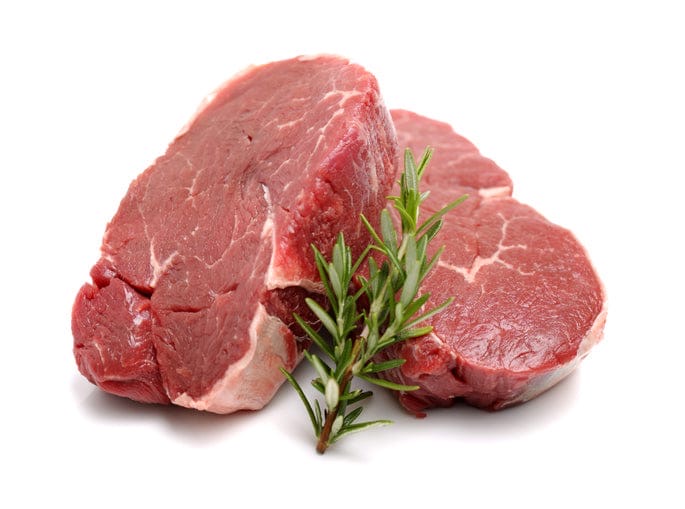

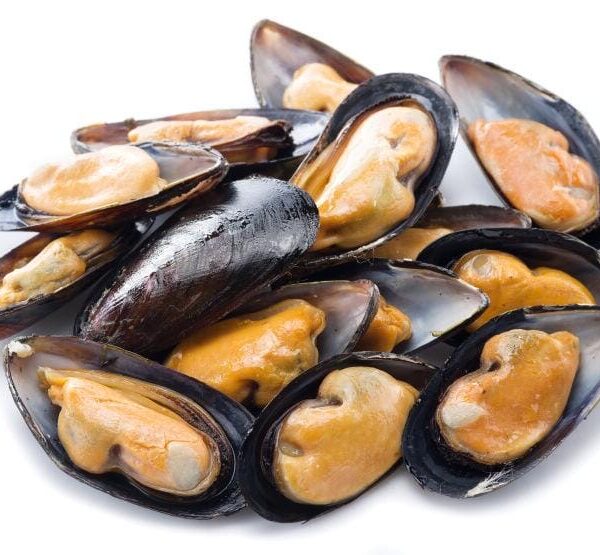




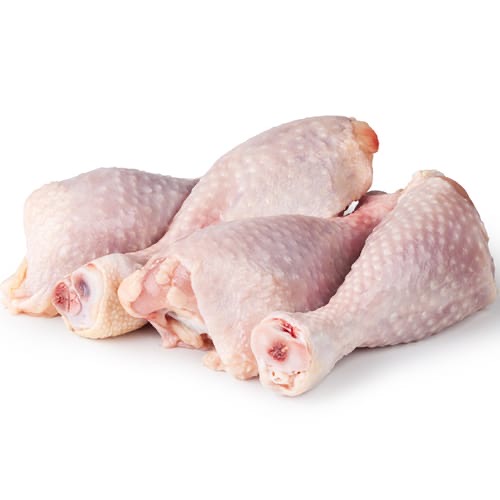
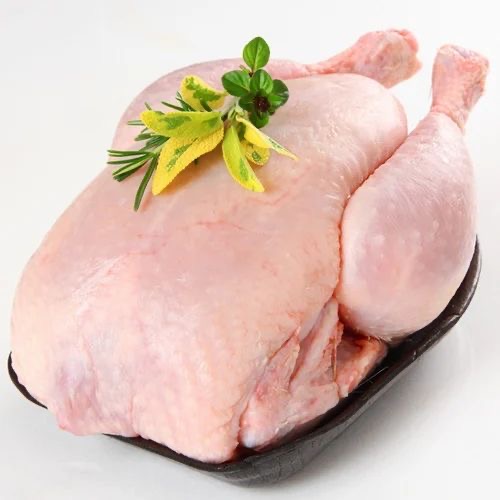
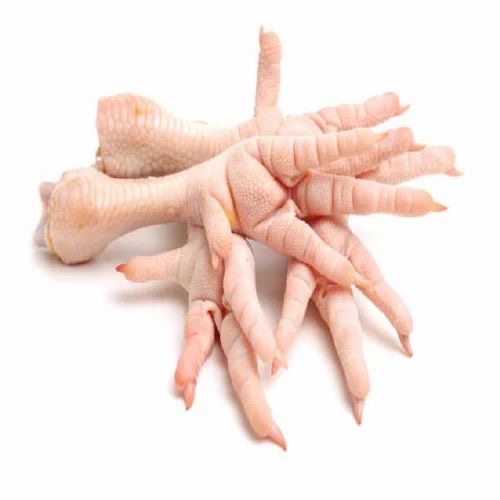
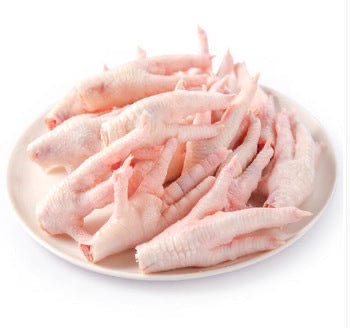
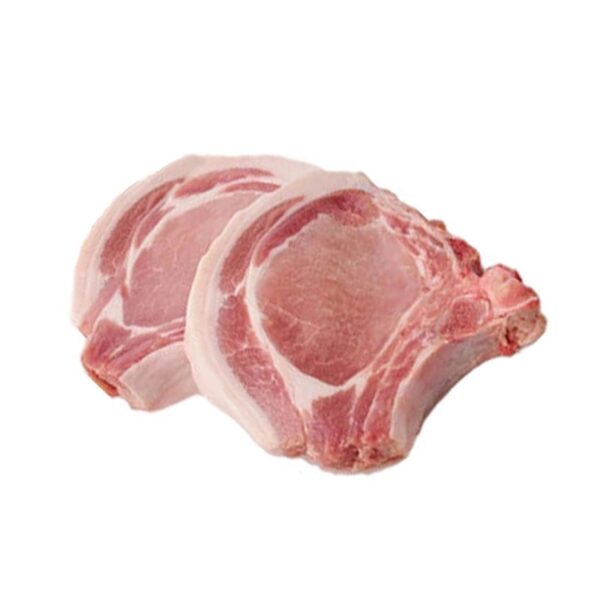
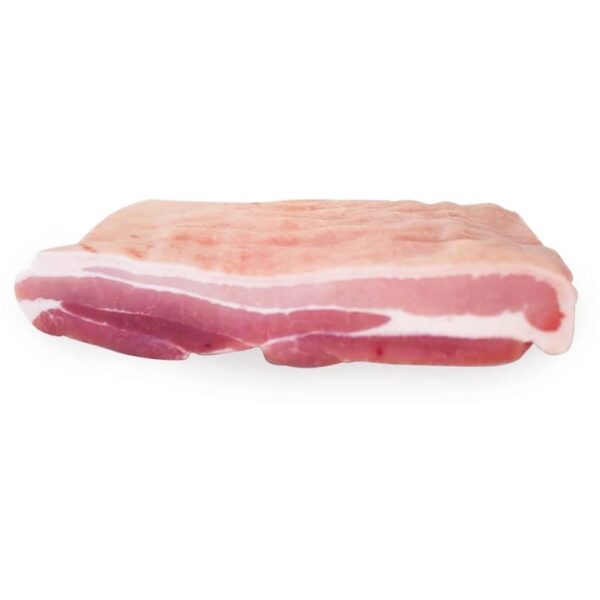
Reviews
There are no reviews yet.